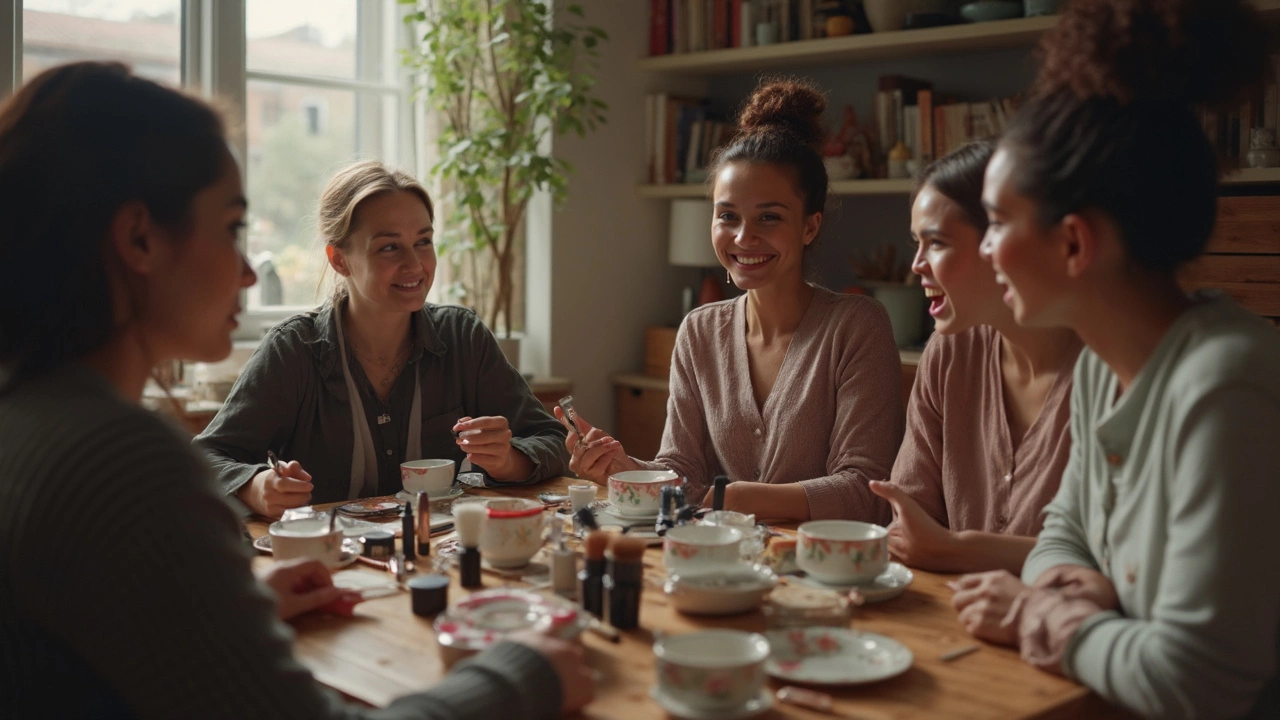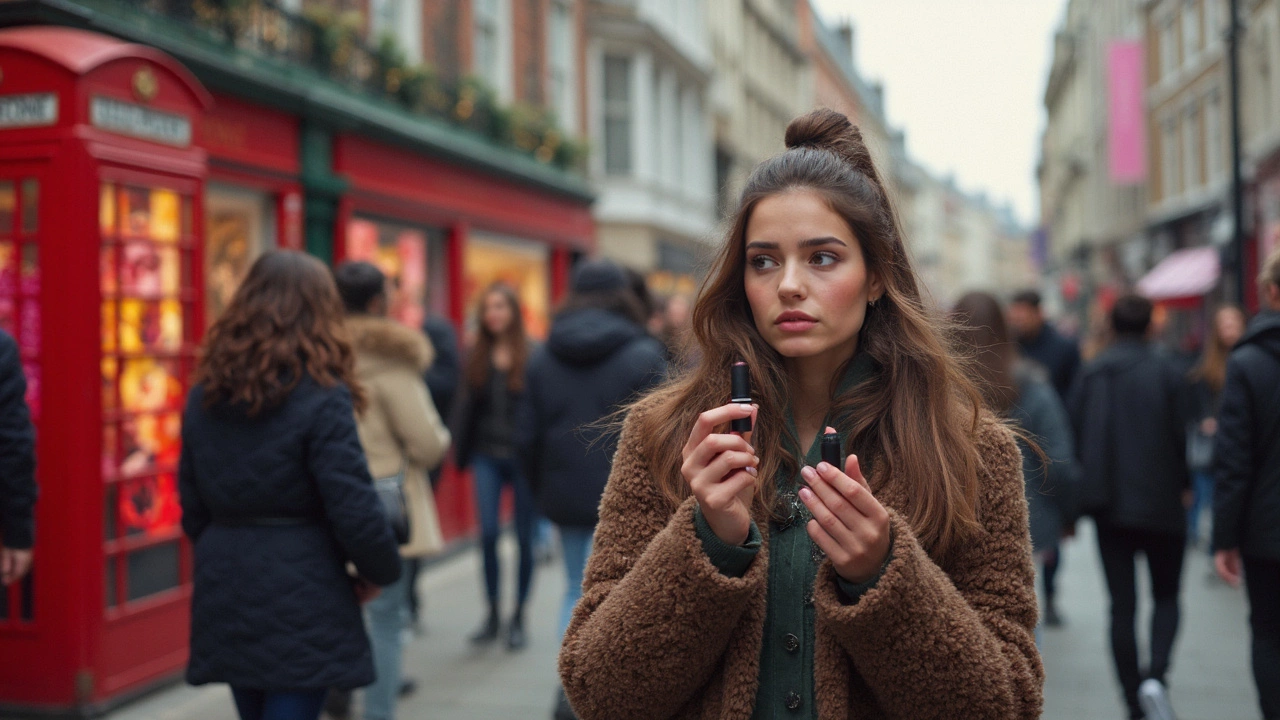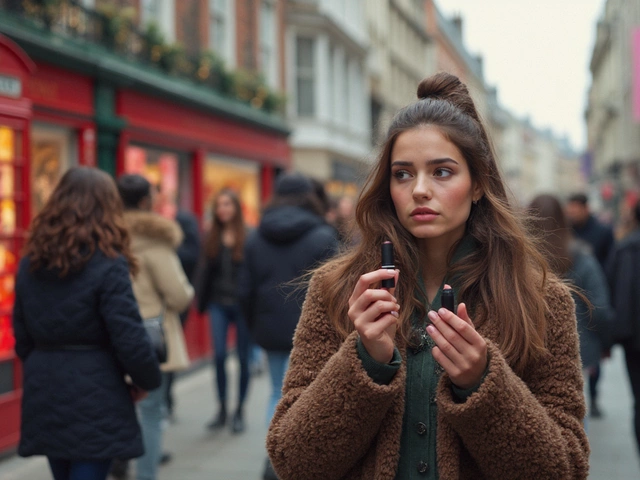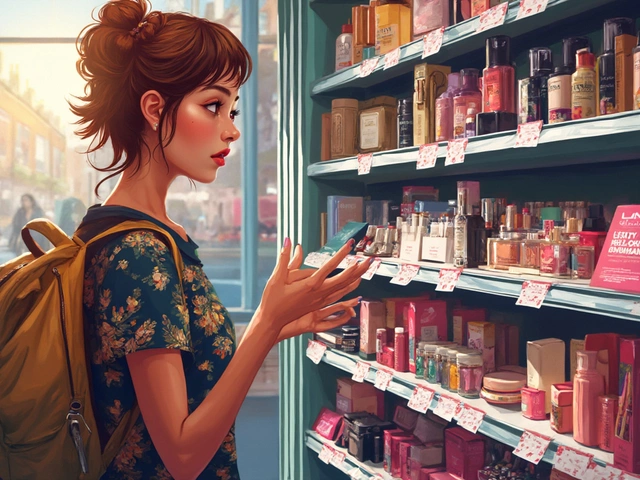Wading through the makeup aisle, you've probably wondered, does MAC test on animals? It's an important question, especially if you're committed to cruelty-free products.
Here's the scoop: MAC claims they don't test products or ingredients on animals. However, they sell in countries—like China—where animal testing is mandatory for cosmetics. This complicates their cruelty-free status.
So what does it mean for you? Well, you might want to consider other brands if you're stickler on cruelty-free credentials. The good news? Plenty of brands truly commit to being kind to our furry friends on a global scale!
- The Truth About MAC's Animal Testing Policy
- Global Market Pressures and Their Impact
- How to Spot Cruelty-Free Products
- Alternatives to Consider for a Kinder Beauty Routine
The Truth About MAC's Animal Testing Policy
Let's get one thing straight: while MAC says they don't conduct animal testing themselves, it gets trickier when you look at their global presence. MAC sells their products in China, where animal testing is still, unfortunately, part of the law for imported cosmetics.
Breaking Down the Policy
According to MAC, they never test on animals, and they instruct suppliers not to as well. However, since they're in China's market, they comply with local laws where animal tests might be conducted to satisfy regulations.
This is why MAC isn't listed as cruelty-free by organizations like PETA. They can't bypass the rules despite their own policies against animal testing. This puts consumers in a tough spot—especially if buying fully cruelty-free is your goal.
What This Means for You
When shopping, keep in mind MAC's products may still play into broader industry practices that involve animal testing indirectly due to regulatory requirements. It emphasizes the importance of transparency and asking brands difficult questions about their supply chain and market choices.
Transparency and Certification
If a brand claims to be cruelty-free, look for logos from regulatory groups like Leaping Bunny or PETA's Beauty Without Bunnies. This can help ensure you're not accidentally supporting animal testing practices.
It's a murky world out there, but knowing how to navigate this helps you make informed decisions that align with your values.
Global Market Pressures and Their Impact
The beauty industry doesn’t operate in a bubble. Market demands shape brand decisions, including those related to animal testing. A lot of us are focused on staying cruelty-free, but for many brands, competing globally means dealing with countries where animal testing regulations are strict.
One big player here is China, a massive beauty market. In recent years, the policies have relaxed slightly, but any cosmetic items being sold on physical store shelves are still subject to animal testing scrutiny. This matters because brands like MAC sell in these markets, so regardless of their own policies, they participate in these tests due to legal pressures.
Alternatives to Animal Testing
The choice between accessing global markets and staying truly cruelty-free is tough. Some companies prioritize profits—can you really blame them? But here's where some brands are innovating. In vitro testing and computer simulations have been game-changers, providing reliable alternatives to animal testing.
- In vitro testing uses human cells and tissues, is more reliable and doesn't harm animals.
- Computer models simulate human biology and predict how products will react without needing animal subjects.
While large companies like MAC may still wrestle with these global pressures, it’s refreshing that many brands are putting the R&D work into these alternatives.

How to Spot Cruelty-Free Products
Navigating the world of cruelty-free makeup can feel like a minefield, but it doesn't have to be! Here's how you can spot and choose products that align with your values.
Check the Label
The quickest way? Look for recognized logos. The Leaping Bunny and PETA's cruelty-free logo are your new best friends. These symbols mean that the product and its ingredients haven't been tested on animals.
Research the Brand
A little homework goes a long way. Check the brand’s website or reliable cruelty-free databases. Brands dedicated to ethical practices will proudly display their cruelty-free status and what it means for their testing policies. Some great resources are the Leaping Bunny Program and PETA's Beauty Without Bunnies list.
Avoid Misleading Terms
Be careful with terms like 'not tested on animals' or 'cruelty-free' without any certification. These can just be marketing tactics. Without backing from a third-party organization, there's no guarantee the product is entirely cruelty-free.
Brands Selling in China
If a brand sells in China, chances are their products may be subjected to animal testing due to local laws. Until these regulations change, choosing brands that don't retail in China is a safer bet.
Know the Alternatives
Sometimes ingredient suppliers sneak animal testing through the back door. Brands that audit every part of their supply chain are a better choice.
Spotting cruelty-free makeup becomes second nature once you know the ropes. With these tips, you'll make informed decisions with confidence, supporting brands that align with a cruelty-free world.
Alternatives to Consider for a Kinder Beauty Routine
Switching to a cruelty-free makeup routine doesn't mean giving up your favorite cosmetics—it means discovering new ones! Luckily, there are countless brands out there that align with ethical standards so you can be kind to animals without sacrificing style.
Know Your Cruelty-Free Brands
Some popular brands to consider include Too Faced, Urban Decay, and E.L.F. Cosmetics. These cruelty-free makeup champions have clear policies against animal testing, and their products are available in a range of shades and finishes. Check their websites for their official animal testing stance and look for certifications from organizations like PETA or Leaping Bunny.
Understanding Certifications
Not all certifications are made equal. While terms like 'natural' and 'organic' don't mean cruelty-free, labels from recognized bodies assure that brands adhere strictly to ethical standards. Leaping Bunny and PETA's Beauty Without Bunnies program are the golden standards here.
DIY: Make Your Own Products
If you're feeling adventurous, you can also try making your own beauty products. Simple ingredients like coconut oil, shea butter, and natural pigments can create surprisingly effective alternatives for things like lip balm and face masks.
- Coconut Oil Lip Balm: Melt 1 tablespoon of coconut oil and mix with a few drops of your favorite essential oil.
- Baking Soda and Vinegar Face Mask: Mix equal parts baking soda and water to create a paste, apply, and rinse after 10 minutes.
Keep experimenting to find what works for you. It's a journey, and every little change helps make the beauty world a kinder place!


